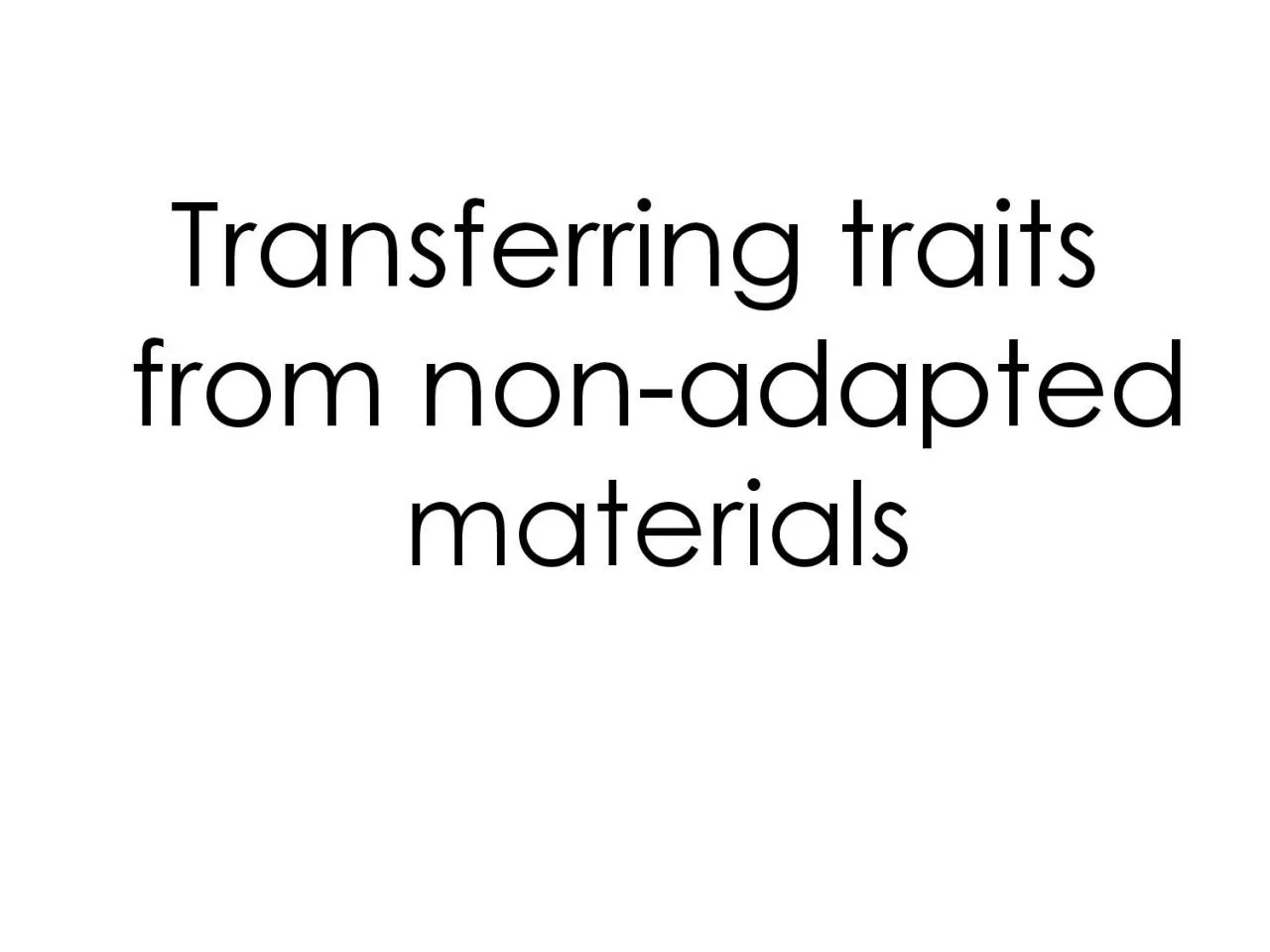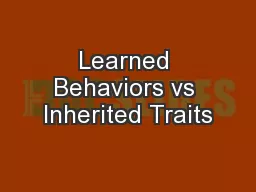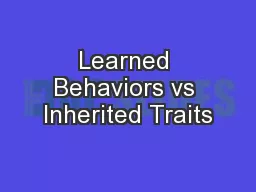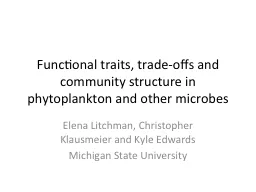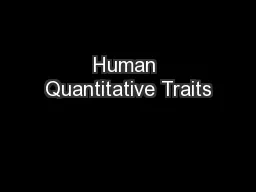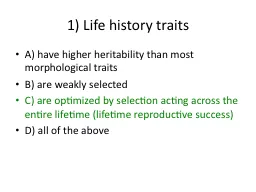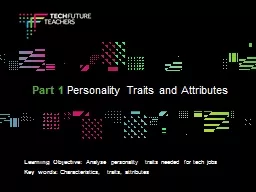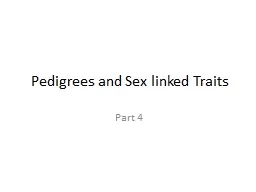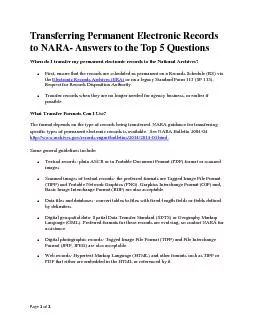PDF-Transferring traits
Author : quinn | Published Date : 2022-10-11
from non adapted materials Aim of the module At the end of the module we should be able to discuss the various issues regarding the use of exotic germplasm for
Presentation Embed Code
Download Presentation
Download Presentation The PPT/PDF document "Transferring traits" is the property of its rightful owner. Permission is granted to download and print the materials on this website for personal, non-commercial use only, and to display it on your personal computer provided you do not modify the materials and that you retain all copyright notices contained in the materials. By downloading content from our website, you accept the terms of this agreement.
Transferring traits: Transcript
Download Rules Of Document
"Transferring traits"The content belongs to its owner. You may download and print it for personal use, without modification, and keep all copyright notices. By downloading, you agree to these terms.
Related Documents

